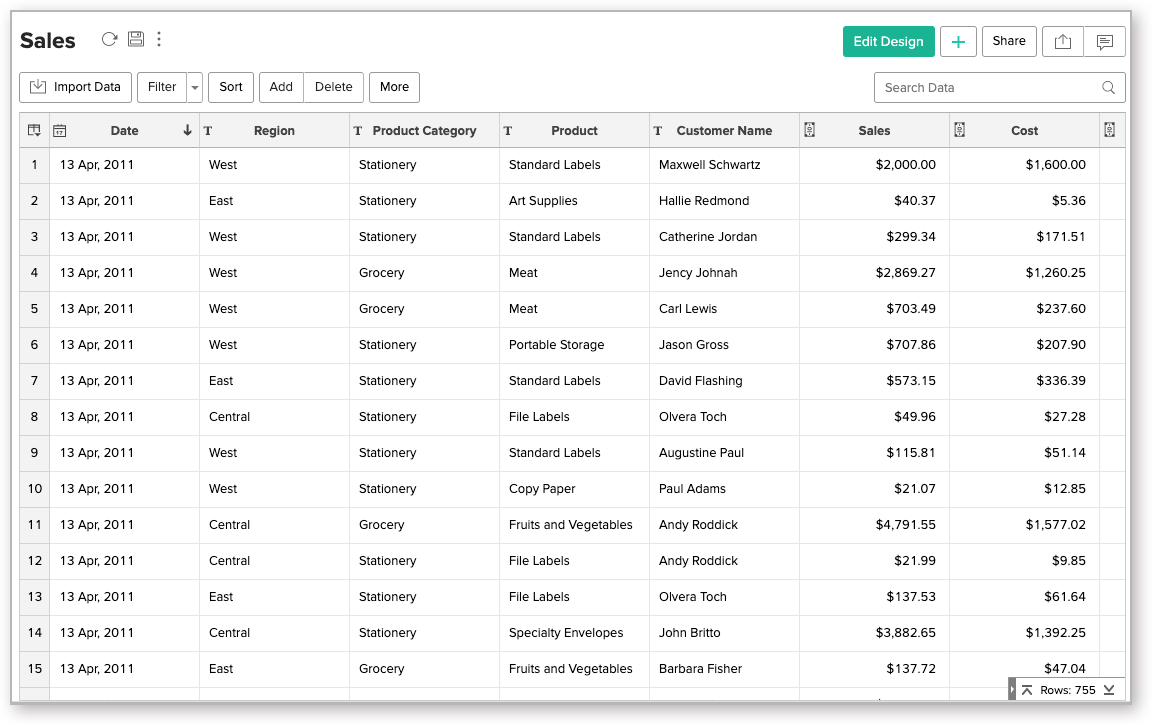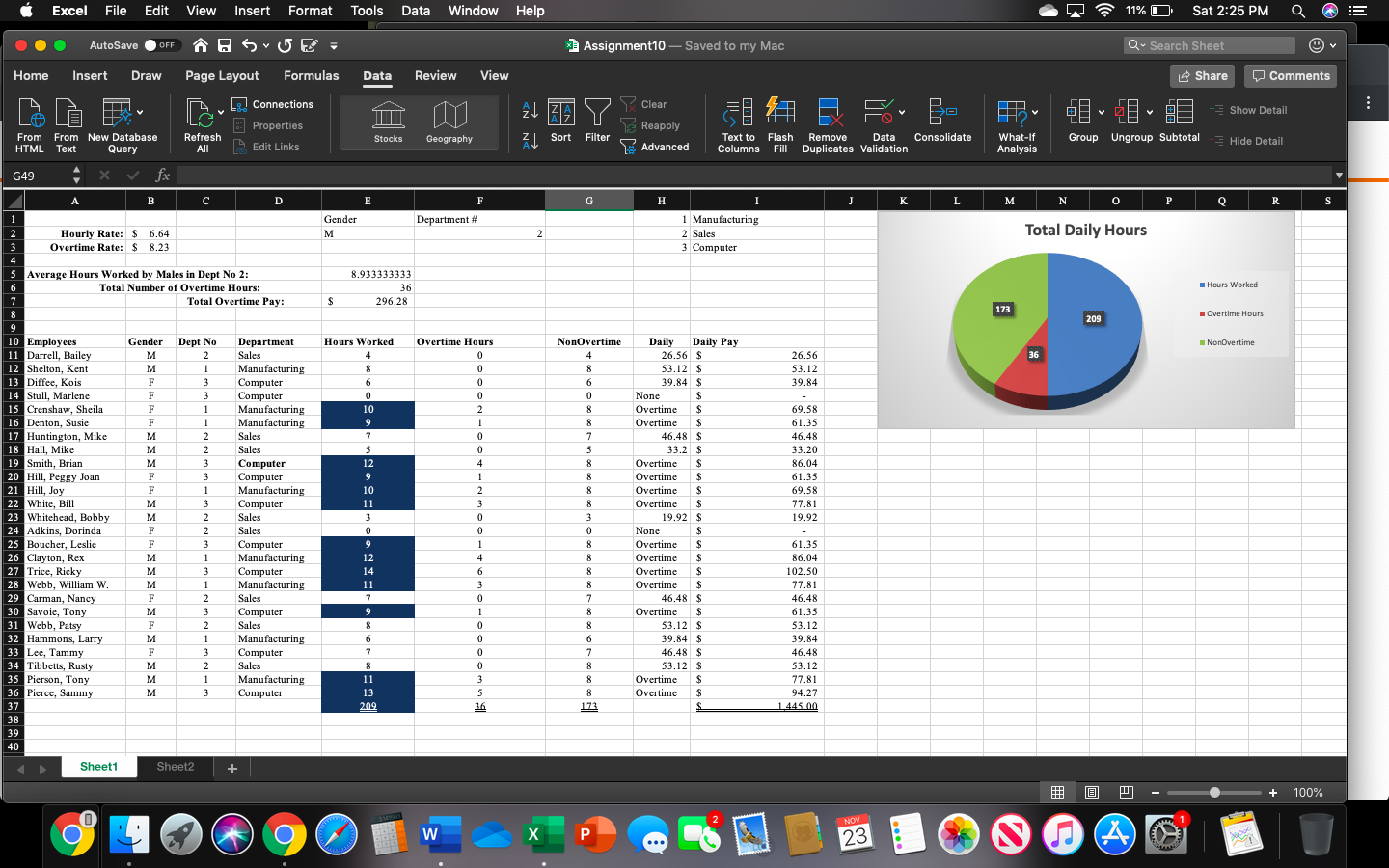


The field type is important for searching and filtering – for example, if you want to search or filter based on dates, your field must be the associated date type. DataTable supports text, number, date, and checkbox fields.
#O data table creator how to#
Refer the following video to know how to create a table by directly entering data into it.You can add, edit, or remove fields after you've created the DataTable. If you are a Microsoft Excel or spreadsheet user who would like to first enter the data into the tables and then worry about naming the columns or formatting them, then this is the option that you have to choose.

You can also add new formulas and aggregate formulas from here using the Add Formula Column and Add Aggregate Formula link. Formulas: You can get a unified view of all the formula columns and aggregate formulas available for the table from the Formulas section.You can also create new lookups from here by clicking the Add Lookup link. Lookups: You can get a unified view of all the lookup relationships available for the table from the Lookups page.From here, you can modify your table structure, and export your data table. Columns: You can view your data table structure from the Columns section.Upon saving, the Edit Design page will get segmented into the below sections: Once you have added the necessary columns in the table, click Save in the toolbar. Provide a name and description for the table and click OK to save the table. Description: Provide a description to explain the purpose of the corresponding column.After saving the table once you will see an Add Formula link in this column to add a formula column. Refer to Creating Formula Columns document. Formula: You can add a formula only after saving the table once.The Lookup column option is also the way for creating a workspace which is relational. Lookup columns are useful to relate two tables in a workspace and thus enabling you to create reports combining data from columns across the related tables (Refer Auto Joining Tables for Reporting). Lookup column: In case this column is of type Looked Up column, where it refers (or lookup) to a column in another table, then you need to choose the column to be looked up from the corresponding table as value to this column.Refer to the specific data type document to know about the possible default values that could be provided for each column type. Default: Provide any default value that has to be present in the column, incase no data is entered.Mandatory: If the column should have a mandatory value and cannot be empty, set this value as Yes.Data Type (Column Type): Choose the data type/column type of the column.Column Name: Provide the name of the column.The following list explains the fields to be filled while designing a table: The following video shows how to create a table by importing the data from files that you have stored locally. You would like to import or copy and paste such data into Zoho Analytics to jumpstart your analysis and reporting. The data in such formats could also be available as a URL or Web feed. Often you would already have data locally stored in tabular file formats like CSV, TSV, XLS & XLSX (Excel), XML, JSON and HTML files. On clicking, various options to create a table will be listed which are discussed below.Ĭreate Table by Importing data from Files & Feeds You can optionally provide a description about the table.Ĭlick the Create in the right top corner of the workspace or every report/table in the workspace and then choose New Table/Import Data. When you create a table in a workspace using any of the options provided, you need to provide a name which is mandatory and it should be unique in that workspace.

As already discussed, once you create a workspace you can create any number of tables within it. Zoho Analytics provides different options to create a table to store your tabular data. Create Table by Importing data from Cloud Storage.Create Table by Importing data from Files & Feeds.


 0 kommentar(er)
0 kommentar(er)
